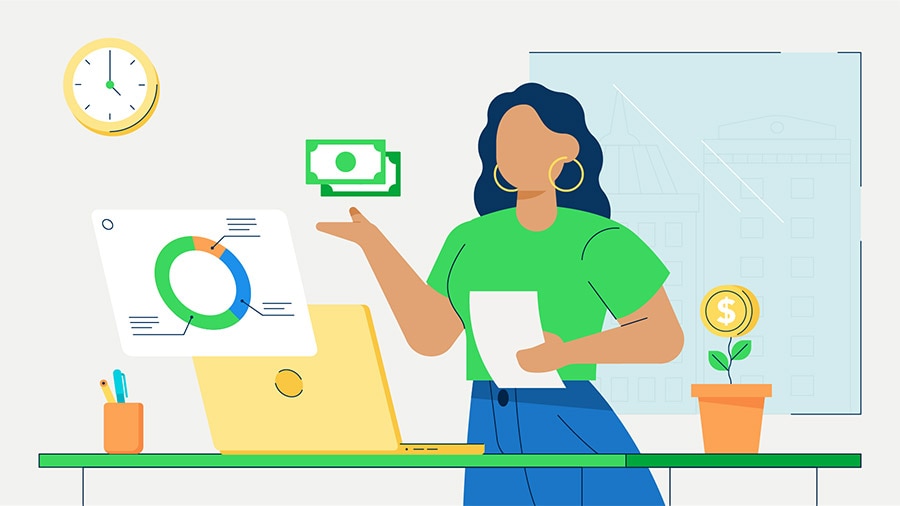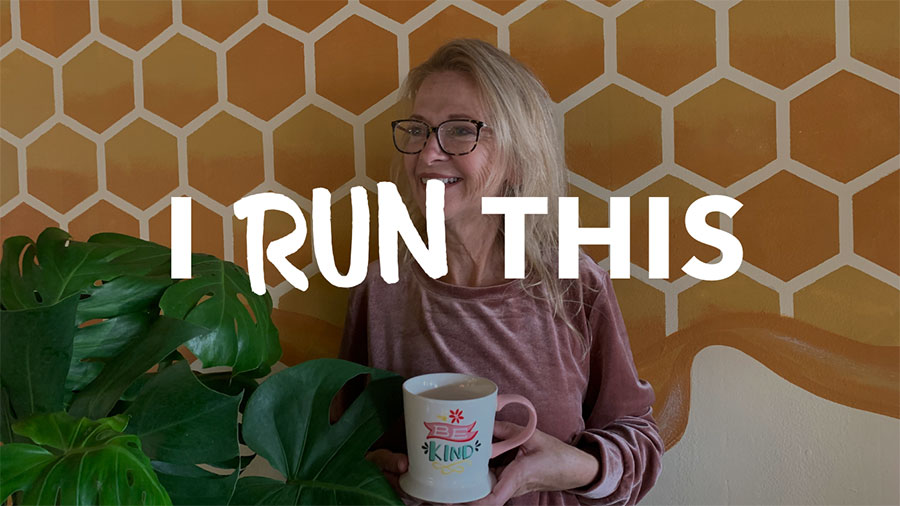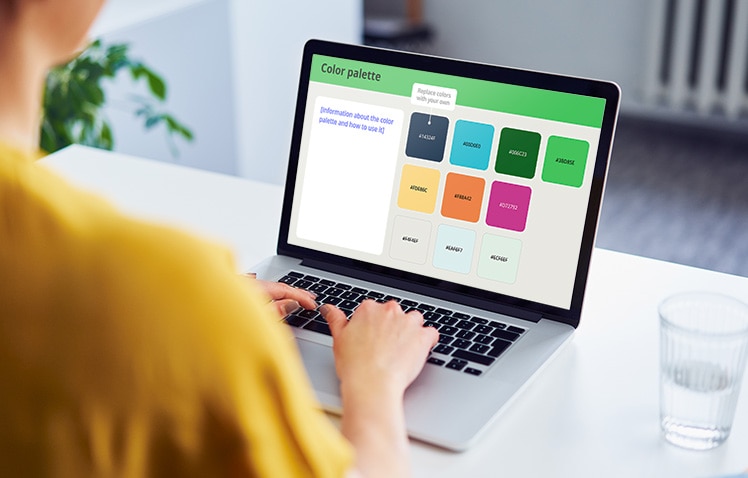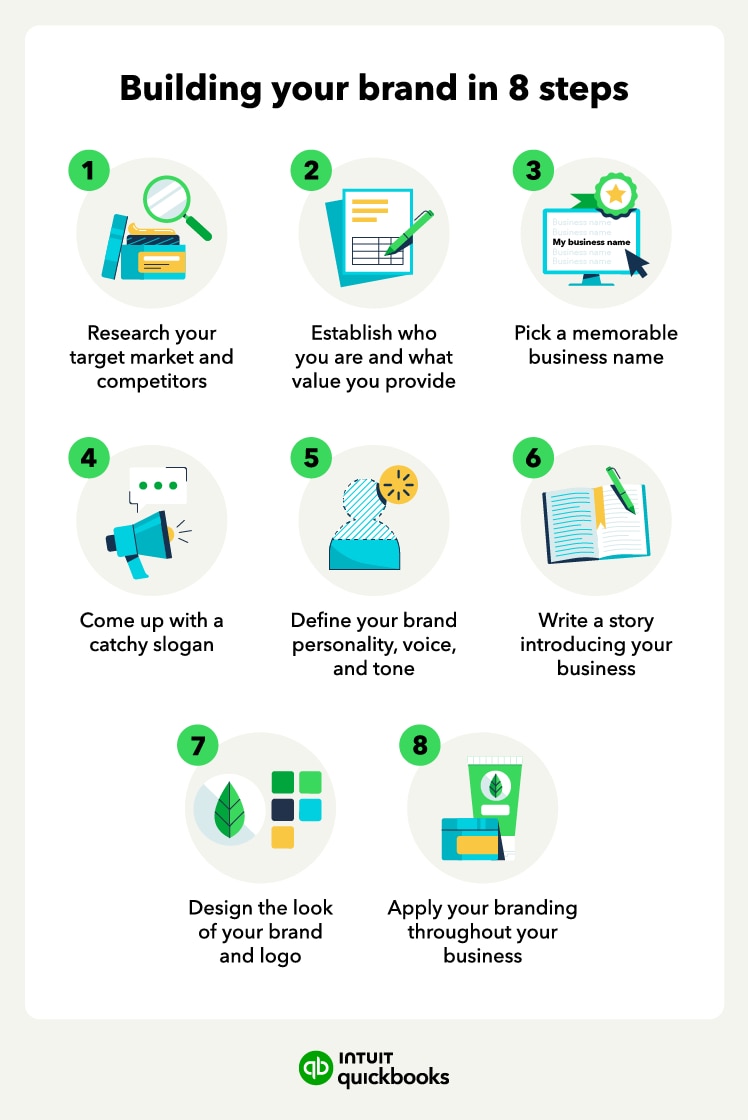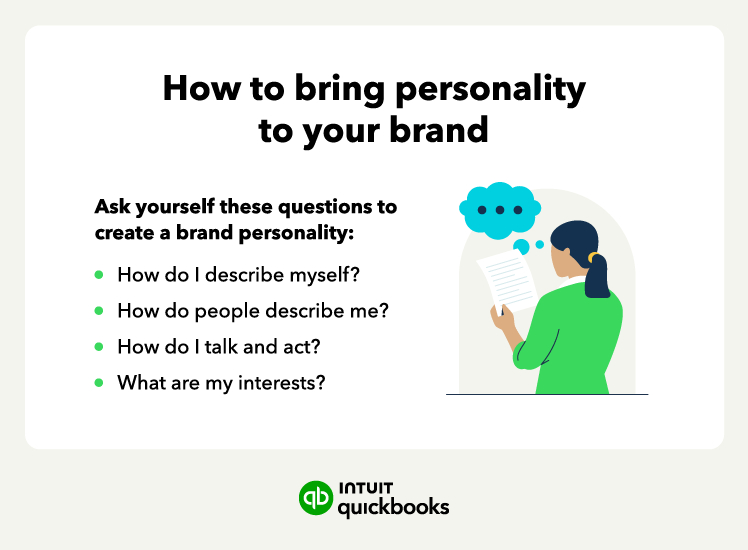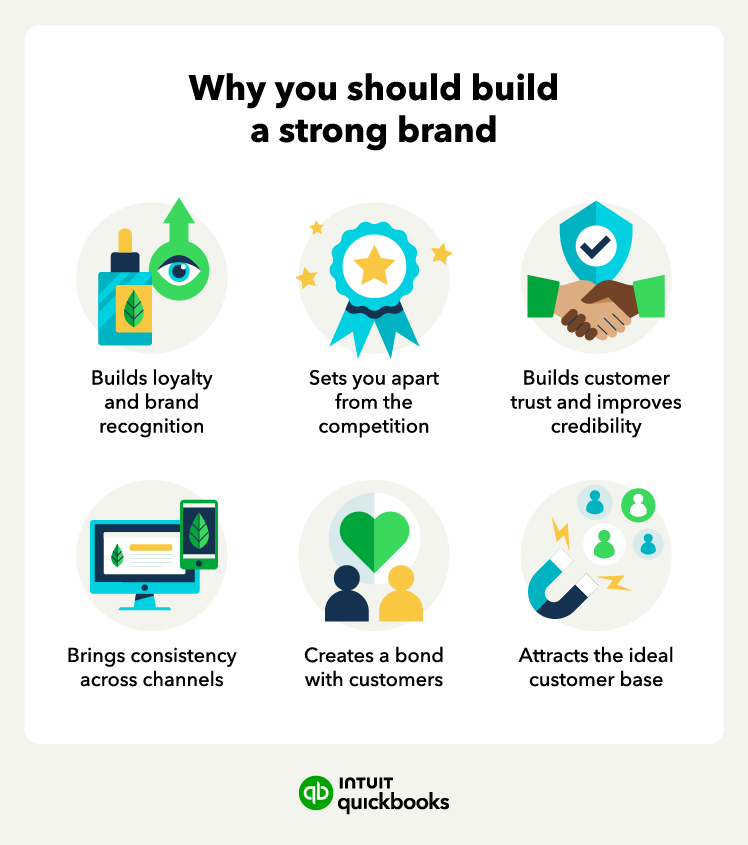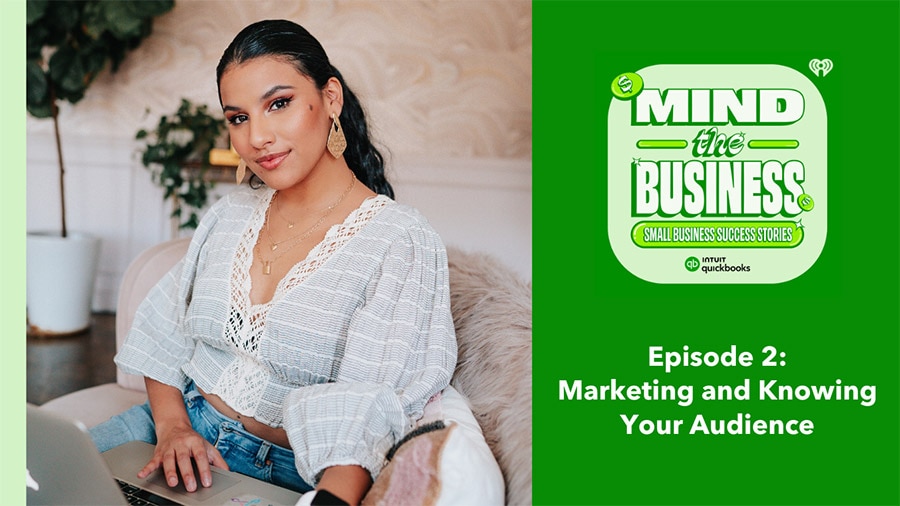Create a color palette for your brand that’s consistent with what you want your customers to perceive when they see it. For example, red can indicate excitement, energy, and passion, while green evokes nature, money, and freshness. The colors you choose will elicit certain emotions and perceptions, whether or not people are consciously aware of it.
There are also seemingly endless fonts to choose from, but the majority will fall into one of three categories:
- Serif fonts: trust, respect, authority, and formality
- Sans-serif fonts: straightforward, modern, trust, sophisticated, tech-focused, cutting-edge
- Script fonts: elegant, sophisticated, fancy, creative, happy, traditional, personal, whimsical
This breakdown provides a good starting point for determining which type of font accurately captures the reputation and personality you want for your business. Consider using only two fonts throughout your channels—one for headers or big text and one for subheadings and body copy.
Once you have your colors and fonts set, you can create a logo for your brand—which will be the face of your business. Create a logo that’s unique and memorable but also consistent with your brand. Think about where you’ll have to place your logo, such as your website, packaging, and social media.


